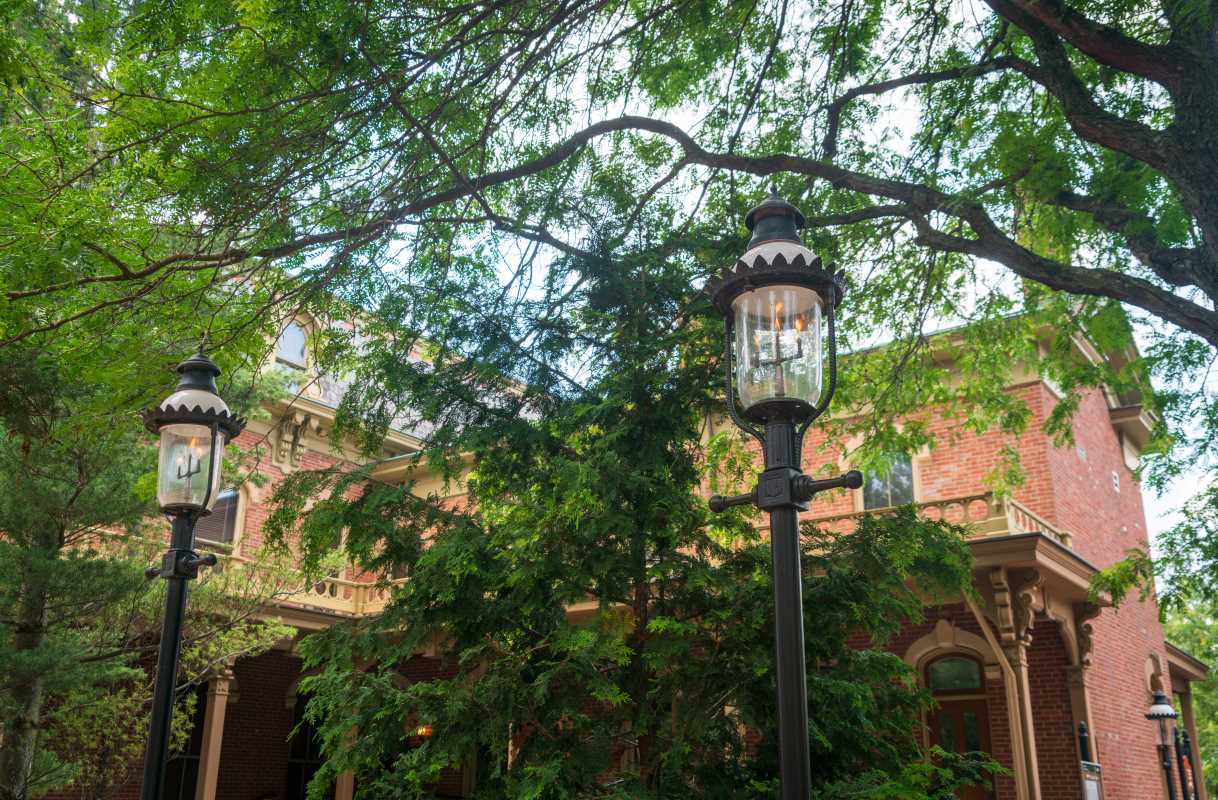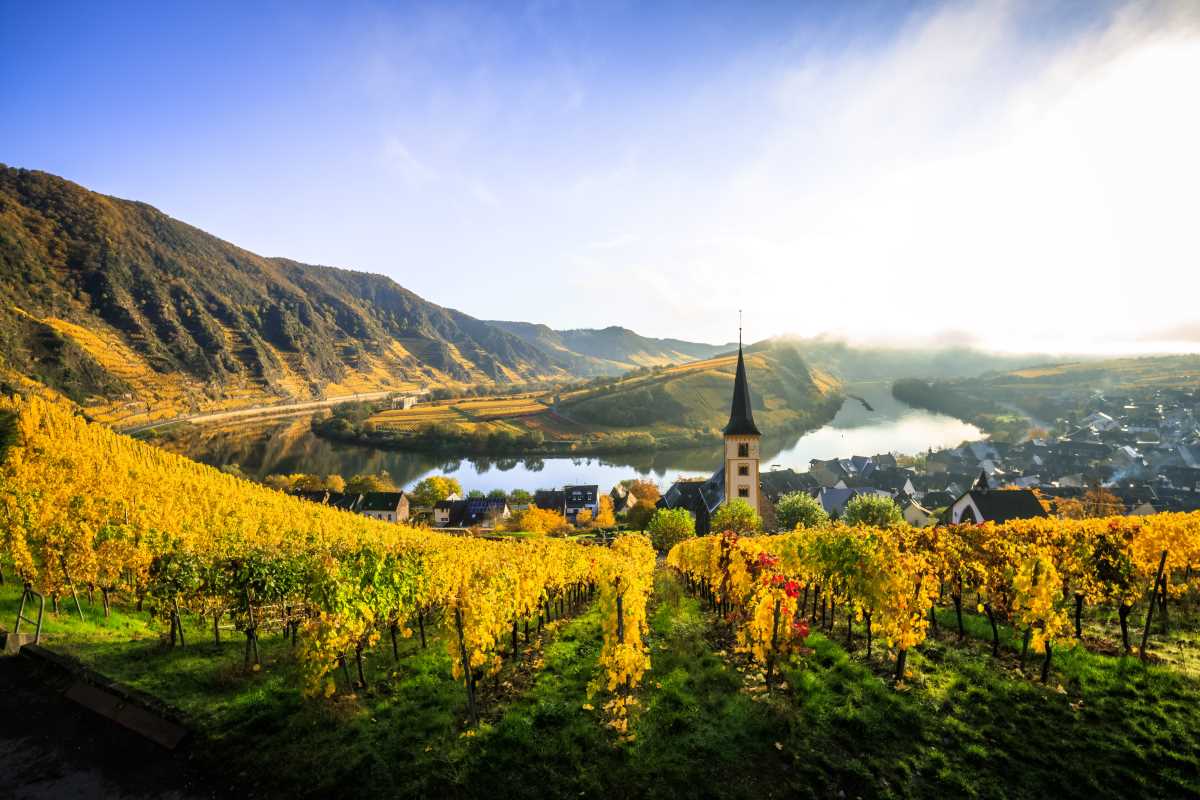When it comes to history, the United States offers countless landmarks that tell the tale of its complex past. While iconic sites like the Statue of Liberty and Gettysburg Battlefield draw millions of visitors every year, there are countless lesser-known historical destinations that are equally fascinating. These hidden gems offer a quieter, more intimate glimpse into the nation’s history without the hustle and bustle of heavily frequented tourist hot spots. Whether you’re a history buff or just looking for a unique experience, these overlooked U.S. historical destinations deserve your attention.
1. The Whitney Plantation – Wallace, Louisiana
Located just outside New Orleans, the Whitney Plantation provides an unflinching and deeply moving look at the history of slavery in the United States. Unlike many other plantation tours that focus on architecture and the lifestyles of wealthy plantation owners, this site shifts the lens to tell the stories of enslaved people.
Through preserved slave cabins, insightful exhibits, and powerful memorials, the Whitney Plantation offers visitors a chance to connect with a pivotal part of American history. Self-guided and docent-led tours are available, and planning your visit during the cooler months can make the experience more comfortable.
2. San Juan National Historic Site – San Juan, Puerto Rico
Though it sometimes gets overlooked due to its distance from the mainland, the San Juan National Historic Site is a treasure trove of history in the Caribbean. This UNESCO World Heritage site features two massive fortresses, Castillo San Felipe del Morro and Castillo San Cristóbal, as well as historic walls that once protected the city from invaders.
Dating back to the 16th century, these landmarks are a testament to Spanish colonial influence and the strategic significance of Puerto Rico. A single pass gives you access to both forts, and exploring Old San Juan’s nearby cobblestone streets offers a perfect blend of history and culture.
3. Sand Creek Massacre National Historic Site – Eads, Colorado
Hidden in the plains of southeastern Colorado is the Sand Creek Massacre National Historic Site, a sobering tribute to one of the darkest episodes in American history. On November 29, 1864, over 230 Cheyenne and Arapaho people—many of them women, children, and elders—were killed at this site by U.S. troops.
Today, the area offers walking trails, interpretive panels, and ranger-led programming to educate visitors about the events that unfolded here. The peaceful landscape stands in stark contrast to its tragic past. Visiting in the spring or fall offers cooler weather and the chance to see the pristine natural surroundings.
4. The Ernest Hemingway Home & Museum – Key West, Florida
While Key West is often known as a tropical paradise, it’s also steeped in history, particularly with ties to the iconic American author Ernest Hemingway. His former home, located in the heart of Old Town Key West, is now a museum celebrating his life and work.
Visitors can explore the beautifully preserved home, complete with Hemingway’s original furniture, writing studio, and even descendants of his famous polydactyl (six-toed) cats. Guided tours provide fascinating insights into the author’s time spent in Key West in the 1930s, and the lush garden is a gorgeous spot to soak in the atmosphere.
5. Lowell National Historical Park – Lowell, Massachusetts
When discussing the Industrial Revolution in America, the city of Lowell often flies under the radar. However, Lowell National Historical Park beautifully captures the era that transformed the nation. The city was one of the first places in the U.S. to have fully integrated textile mills, and visiting the park offers a hands-on look at this industrial legacy.
You can tour restored textile mills, ride on historic trolleys, or walk along the canals that powered the city's factories. The visitor center provides excellent context, and plans to expand the park continue to ensure its place as a top historical destination.
6. Angel Island – San Francisco Bay, California
Often referred to as the "Ellis Island of the West," Angel Island served as an immigration station from 1910 to 1940. It played a particularly significant role in the history of Chinese and Asian immigration during an era marked by exclusionary policies.
Visitors can learn about the experiences of immigrants detained on the island by touring preserved detention facilities and exhibits, which display the carved poetry left by detainees on the walls. The island is also a great spot for hiking and offers stunning views of San Francisco Bay. A ferry service from Tiburon or San Francisco makes it easy to access this historic site.
7. Oil Creek State Park – Titusville, Pennsylvania
Pennsylvania’s Oil Creek State Park tells the story of the early oil boom in the United States. It was here, in 1859, that Edwin Drake drilled the first successful commercial oil well in the world, sparking an industry that would shape modern energy production.
The park preserves remnants of oil boomtowns, old pump jacks, and refineries along its trails. You can take a scenic ride on the Oil Creek and Titusville Railroad or visit the Drake Well Museum nearby for even more history. Visiting during the fall offers a stunning backdrop of autumn foliage.
8. Tumacácori National Historical Park – Tumacácori, Arizona
Located along Arizona’s Santa Cruz River, Tumacácori National Historical Park preserves the remnants of Spanish missions that date back to the late 1600s. These missions were part of a network established by Jesuit and Franciscan missionaries to convert the local Indigenous population to Christianity and European lifeways.
The park offers guided tours, walking trails, and a visitor center displaying fascinating artifacts. Its serene environment makes it an inspiring way to explore this chapter of Southwestern history, far from the crowds often found at more prominent landmarks.
Practical Tips for Visiting Overlooked Historical Destinations
- Do Your Research: Before visiting any site, learn about its history and significance. Many lesser-known destinations have websites or visitor centers offering context that will enhance your experience.
- Visit During Off-Peak Times: Overlooked historical destinations tend to have fewer crowds, but visiting during weekdays or offseason periods ensures a more peaceful experience while allowing you to take your time exploring.
- Check for Free Admission Days: Some national parks and museums offer free entry on specific days. Be sure to check their event calendars for opportunities to save money.
- Combine Destinations: Many of these sites are located near other attractions. Plan your trip to include multiple stops for a fuller itinerary.
- Pack Comfortably: Many historical sites require walking or outdoor exploration. Wear comfortable shoes, bring water, and pack sun protection.
The United States is brimming with historical destinations that are often overlooked but offer compelling stories, rich cultural heritage, and unique experiences. From the solemn grounds of Sand Creek to the literary charm of Hemingway’s Key West home, these locations deserve a spot on your travel bucket list. By venturing off the beaten path, you’ll gain a deeper understanding of America’s past while enjoying quieter, more personal explorations of its history.







